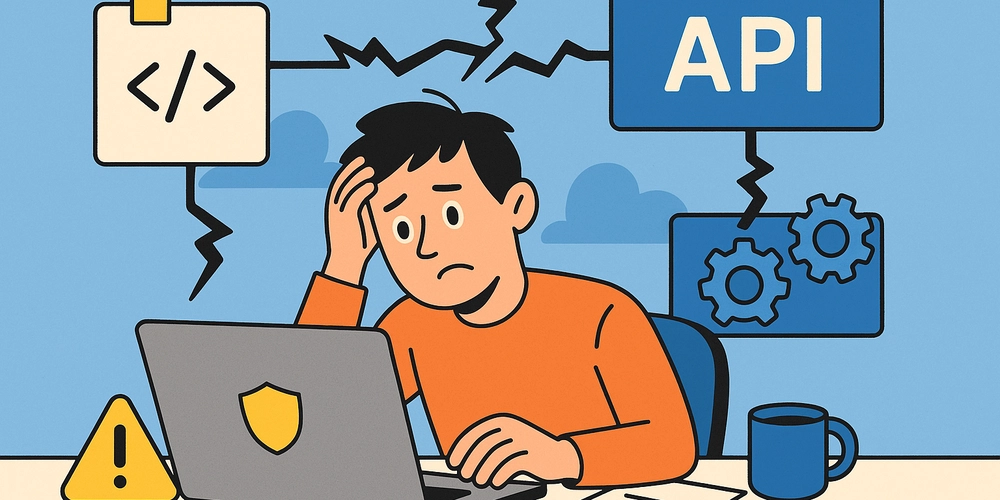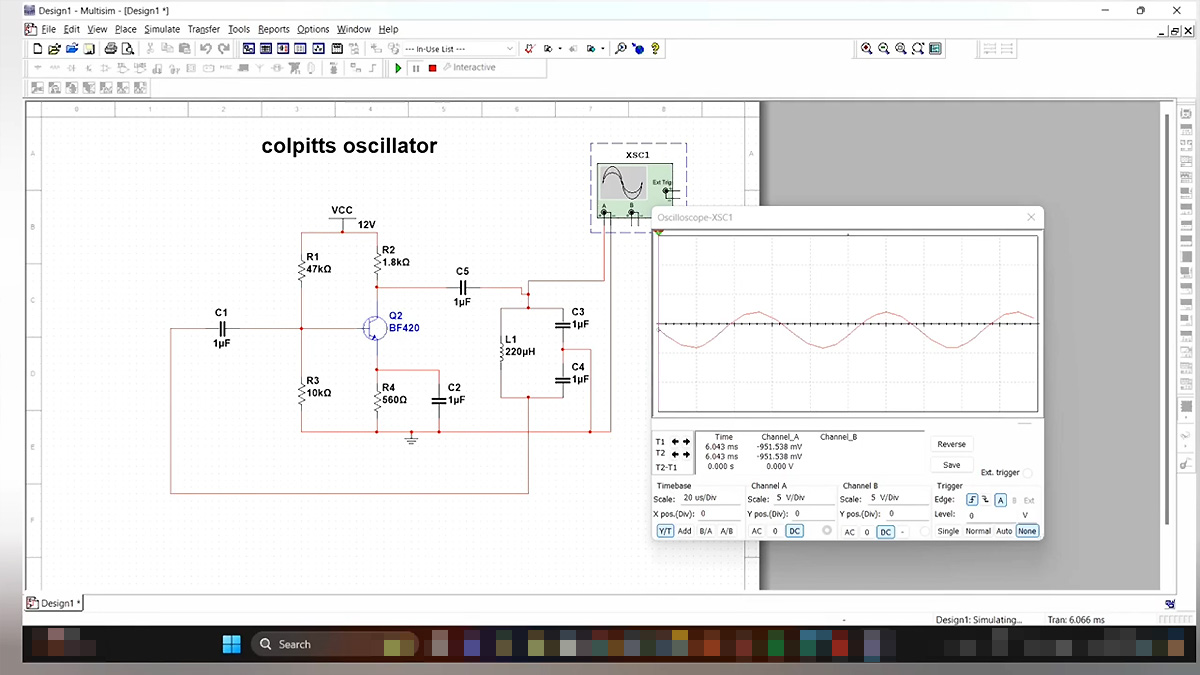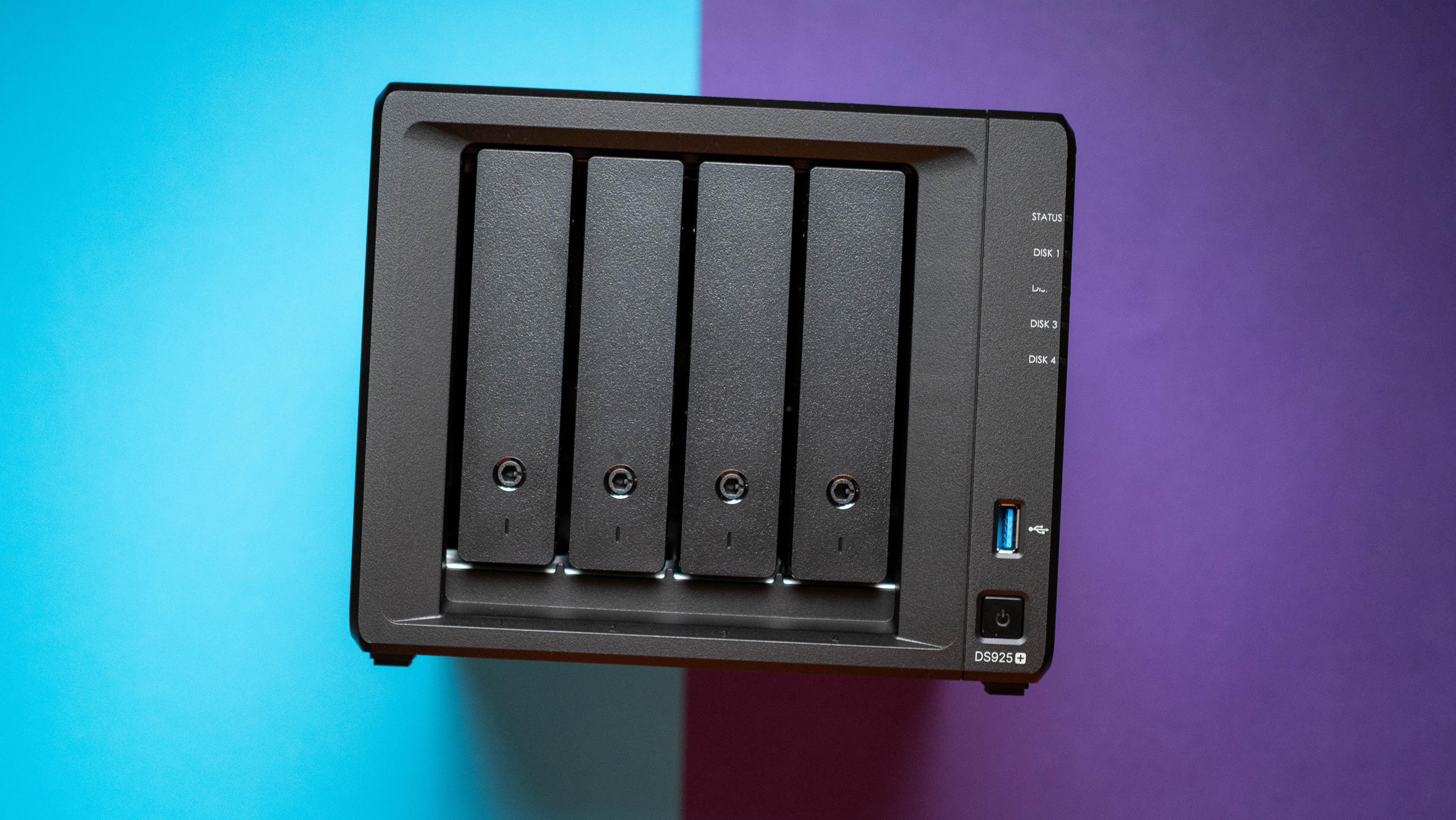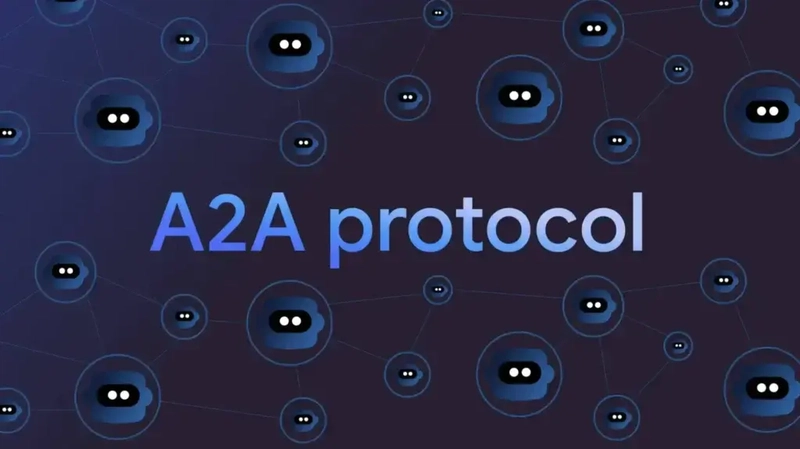5 Common API Integration Mistakes and How to Avoid Them
Let’s be honest: APIs are both the best and worst part of building modern applications. They connect everything. But also… they break everything when done wrong. Over the past few years, I’ve made my fair share of API integration mistakes. Sometimes out of laziness. Sometimes because I didn’t know better. And sometimes because I was in a rush and “it worked locally.” If you’re just starting to build serious integrations—or you’ve been burned by a few yourself—here are five mistakes you’ll want to avoid. Plus how I handle them now using Lonti’s stack (mainly Martini, but it applies to other tools too). 1. Hardcoding Endpoints and Credentials It’s always “just for now,” right? Then six months later, you’re chasing down secrets in Git and trying to fix a broken integration across environments at 2am. What I do now: No more hardcoded URLs or keys. I use environment variables, config files, or in tools like Martini, centralized API connection configs that are reusable across workflows. Clean, secure, easy to manage. 2. Ignoring Error Handling I used to assume 200 OK was guaranteed. It’s not. APIs fail. Networks hiccup. Rate limits hit. And if your integration has no retry logic or fallback, users will feel it first. Lesson learned: Build with failure in mind. I use Martini’s built-in error handling blocks to define retries, catch failures, and log everything worth knowing—visually, without wrapping code in a thousand try/catches. 3. Overengineering with Custom Code I love coding. But I’ve wasted days reinventing the wheel—writing data mappers, scheduling logic, even simple orchestration that could have been drag-and-drop. The fix: Don’t write what the platform gives you. I now build core logic with Martini’s visual flow editor, and only write custom code where it adds value (like a Groovy script for edge case handling). Save your brain for the hard stuff. 4. Passing Messy, Inconsistent Data Between APIs CamelCase here. snake_case there. Nested JSON objects wrapped in arrays of arrays. It’s chaos. And it breaks your frontend or next integration down the line. Now I normalize: I use data mapping tools (like Martini’s built-in mapper or Negroni for schema-first modeling) to clean and structure everything consistently before passing it along. It’s a lifesaver. 5. Tightly Coupling APIs + Integration Logic This is the sneaky one. You build your API and the logic together. Works great—until you need to change one or reuse it elsewhere. New rule: Keep APIs, integrations, and logic modular. Negroni handles the API and data model, Martini handles orchestration, and Bellini (if I’m building UI) handles the frontend. Everything is swappable, debuggable, and actually maintainable. Wrap-Up Integrating APIs isn’t hard. Maintaining clean, reliable integrations is—unless you treat them like production code from day one. If you’re still building integrations with glue scripts and duct tape, check out the Lonti Free Editions. You can build real workflows, APIs, and frontends without hitting a paywall. And if you’ve got a “worst API integration bug” story, please share it. Let’s all learn from each other’s scars.

Let’s be honest: APIs are both the best and worst part of building modern applications.
They connect everything. But also… they break everything when done wrong.
Over the past few years, I’ve made my fair share of API integration mistakes. Sometimes out of laziness. Sometimes because I didn’t know better. And sometimes because I was in a rush and “it worked locally.”
If you’re just starting to build serious integrations—or you’ve been burned by a few yourself—here are five mistakes you’ll want to avoid. Plus how I handle them now using Lonti’s stack (mainly Martini, but it applies to other tools too).
1. Hardcoding Endpoints and Credentials
It’s always “just for now,” right?
Then six months later, you’re chasing down secrets in Git and trying to fix a broken integration across environments at 2am.
What I do now:
No more hardcoded URLs or keys. I use environment variables, config files, or in tools like Martini, centralized API connection configs that are reusable across workflows. Clean, secure, easy to manage.
2. Ignoring Error Handling
I used to assume 200 OK was guaranteed. It’s not.
APIs fail. Networks hiccup. Rate limits hit. And if your integration has no retry logic or fallback, users will feel it first.
Lesson learned:
Build with failure in mind. I use Martini’s built-in error handling blocks to define retries, catch failures, and log everything worth knowing—visually, without wrapping code in a thousand try/catches.
3. Overengineering with Custom Code
I love coding. But I’ve wasted days reinventing the wheel—writing data mappers, scheduling logic, even simple orchestration that could have been drag-and-drop.
The fix:
Don’t write what the platform gives you. I now build core logic with Martini’s visual flow editor, and only write custom code where it adds value (like a Groovy script for edge case handling). Save your brain for the hard stuff.
4. Passing Messy, Inconsistent Data Between APIs
CamelCase here. snake_case there. Nested JSON objects wrapped in arrays of arrays. It’s chaos.
And it breaks your frontend or next integration down the line.
Now I normalize:
I use data mapping tools (like Martini’s built-in mapper or Negroni for schema-first modeling) to clean and structure everything consistently before passing it along. It’s a lifesaver.
5. Tightly Coupling APIs + Integration Logic
This is the sneaky one. You build your API and the logic together. Works great—until you need to change one or reuse it elsewhere.
New rule:
Keep APIs, integrations, and logic modular. Negroni handles the API and data model, Martini handles orchestration, and Bellini (if I’m building UI) handles the frontend. Everything is swappable, debuggable, and actually maintainable.
Wrap-Up
Integrating APIs isn’t hard. Maintaining clean, reliable integrations is—unless you treat them like production code from day one.
If you’re still building integrations with glue scripts and duct tape, check out the Lonti Free Editions. You can build real workflows, APIs, and frontends without hitting a paywall.
And if you’ve got a “worst API integration bug” story, please share it. Let’s all learn from each other’s scars.











































































































































































![[The AI Show Episode 144]: ChatGPT’s New Memory, Shopify CEO’s Leaked “AI First” Memo, Google Cloud Next Releases, o3 and o4-mini Coming Soon & Llama 4’s Rocky Launch](https://www.marketingaiinstitute.com/hubfs/ep%20144%20cover.png)






















































































































































































































































-All-will-be-revealed-00-35-05.png?width=1920&height=1920&fit=bounds&quality=70&format=jpg&auto=webp#)

























































































































![What iPhone 17 model are you most excited to see? [Poll]](https://9to5mac.com/wp-content/uploads/sites/6/2025/04/iphone-17-pro-sky-blue.jpg?quality=82&strip=all&w=290&h=145&crop=1)

















![Hands-On With 'iPhone 17 Air' Dummy Reveals 'Scary Thin' Design [Video]](https://www.iclarified.com/images/news/97100/97100/97100-640.jpg)
![Mike Rockwell is Overhauling Siri's Leadership Team [Report]](https://www.iclarified.com/images/news/97096/97096/97096-640.jpg)
![Instagram Releases 'Edits' Video Creation App [Download]](https://www.iclarified.com/images/news/97097/97097/97097-640.jpg)
![Inside Netflix's Rebuild of the Amsterdam Apple Store for 'iHostage' [Video]](https://www.iclarified.com/images/news/97095/97095/97095-640.jpg)

































































































































